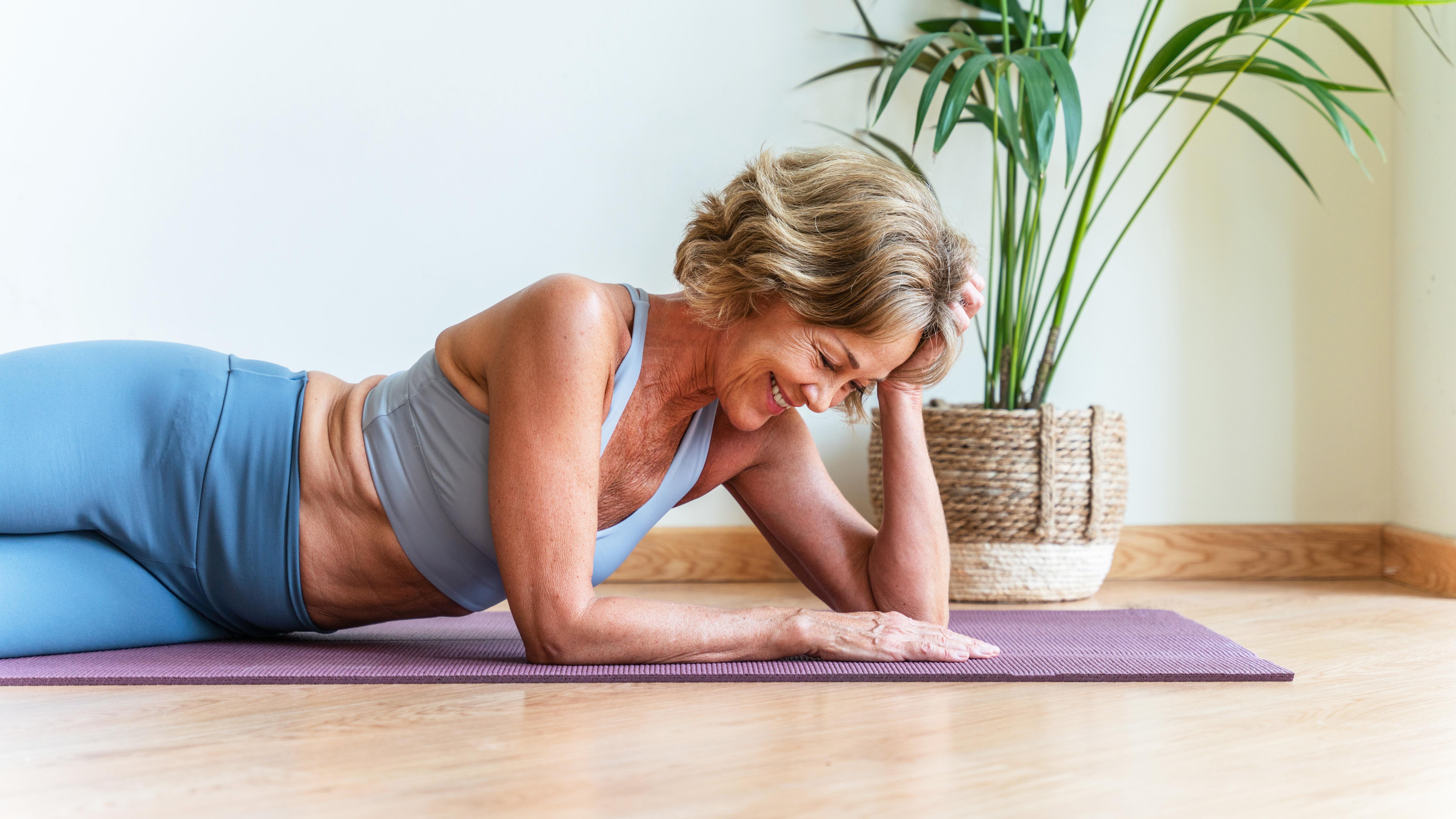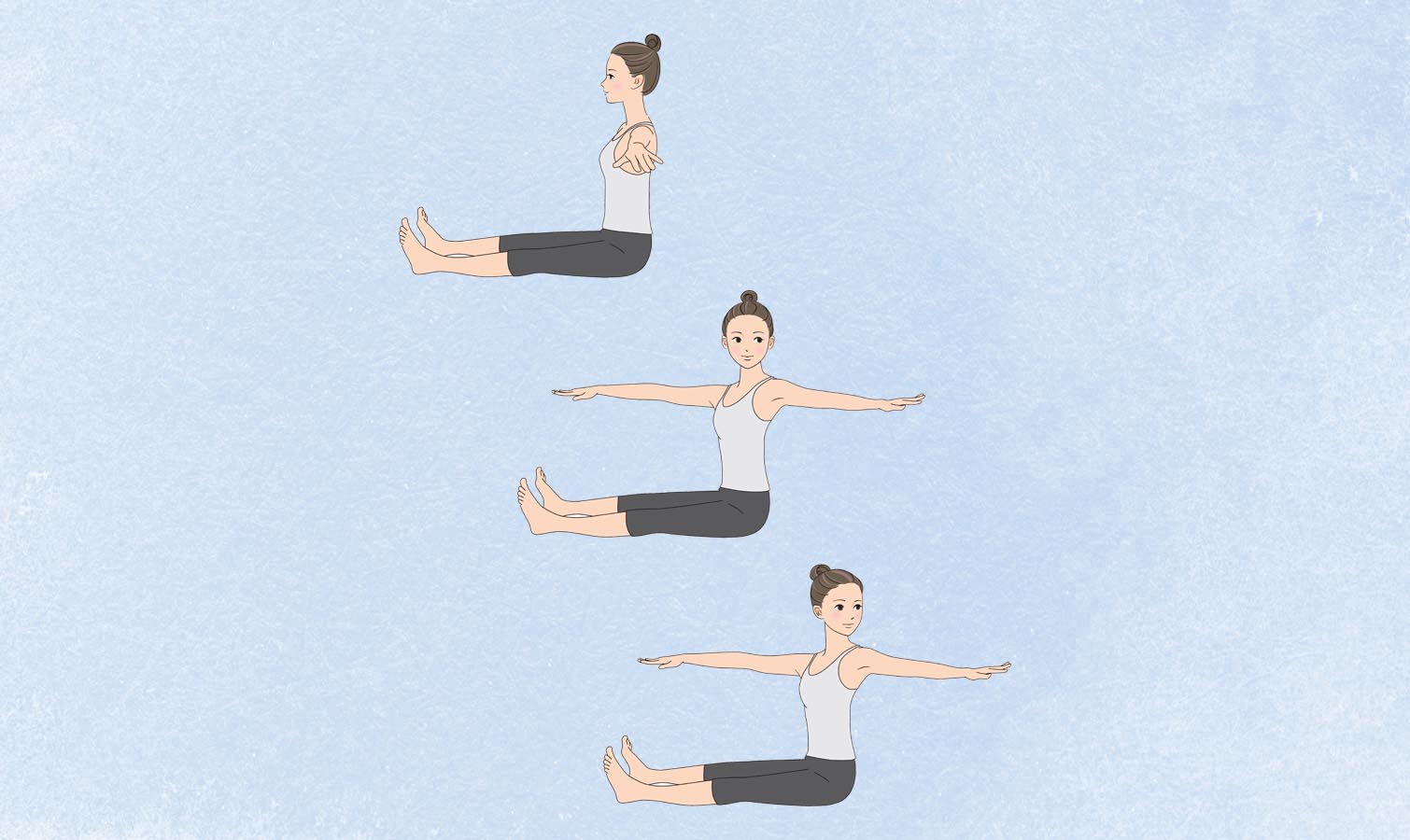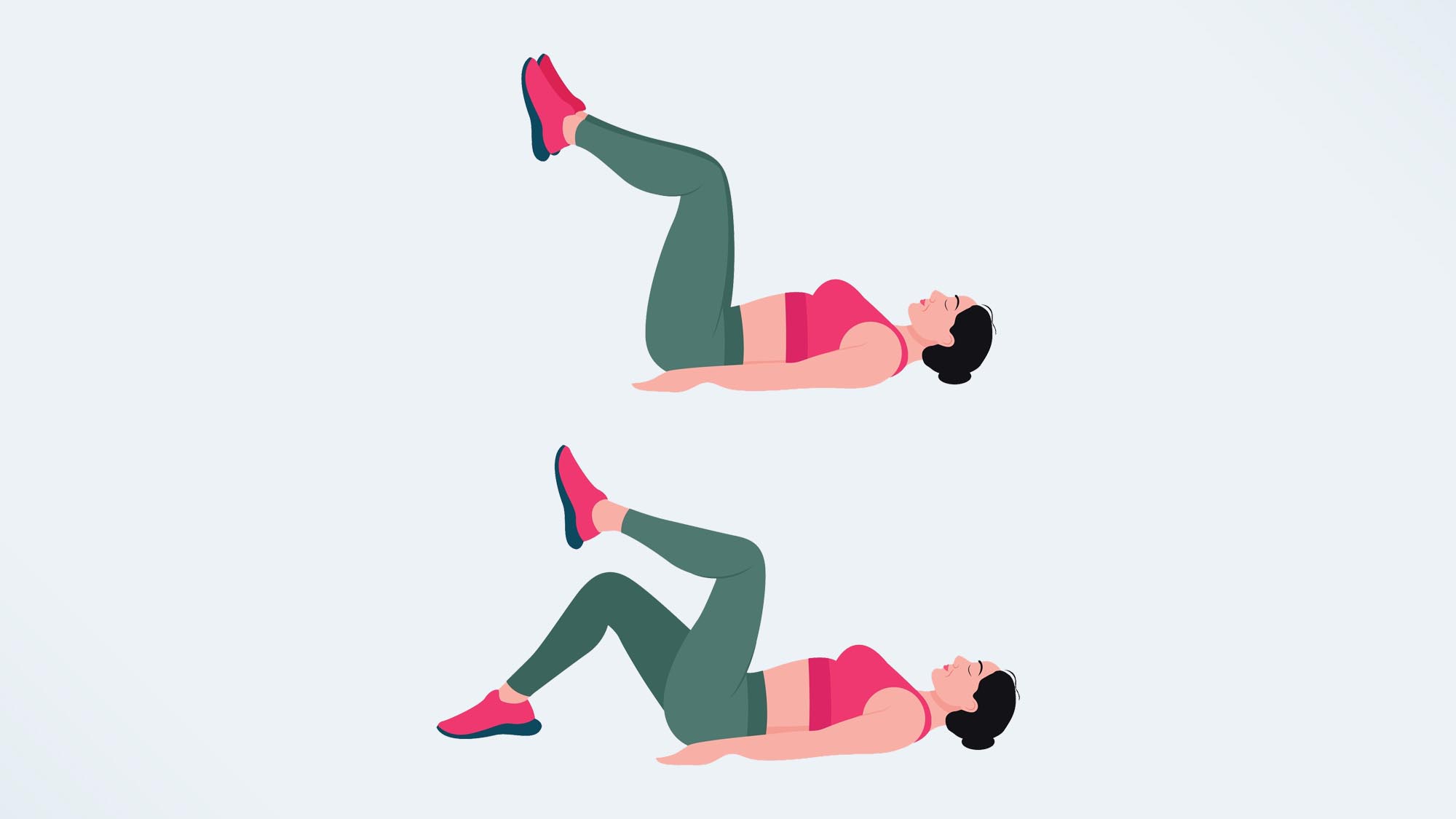A Pilates instructor says these are the only 3 core moves you need after 50
Your core, stronger in minutes — no equipment needed

If we want to stay mobile, stable, and pain-free as we age, a strong core is key. From supporting your spine to improving balance and posture, core strength plays a major role in how well we move through later life.
And if there’s one type of workout that knows this, it’s Pilates. Joseph Pilates famously called the core the “powerhouse” of the body, and instructors will consistently tell you to engage your core as you move through a Pilates workout.
Core work is indeed an inherent part of any Pilates flow, but certain moves lend themselves especially well to building a stronger core. To find out which Pilates moves are the most important to focus on once you hit 50, I spoke to James Shaw, a Pilates instructor and founder of James Shaw Pilates. Shaw specialises in helping people build functional strength at every age, and he says that most people don’t need complicated core routines — just a few key exercises done well and done consistently.
Below are the three core moves Shaw recommends for anyone over 50 who wants to build strength safely and effectively.
A Pilates instructor’s go-to moves for building a strong core in your 50s
1. Roll-up

The Pilates roll-up is one of the most powerful moves in your arsenal, especially when it comes to building a stronger core.
“The roll-up teaches you how to anchor the lower body while mobilising the upper, creating a deep connection to the centre,” Shaw says. “It builds internal strength, improves spinal articulation and helps retrain the body to move with control rather than momentum.”
That’s definitely enough reason to give it a go. Try practising a roll-up a few times a week using the steps below.
Get instant access to breaking news, the hottest reviews, great deals and helpful tips.
How to do it:
- Lie flat on your back with your legs together.
- Reach arms overhead shoulder-width apart, palms facing forward.
- Inhale, and curl your head and shoulders off the mat.
- Exhale, peel the spine off the mat, rounding forward and bringing the crown of the head towards the knees.
- Keep your arms parallel to the mat and abdominals drawn into the spine.
- Inhale, and roll back down to the start.
2. Spine Twist

It may seem like a move purely for the spine, but the Pilates spine twist is surprisingly good for the core. “It’s one of the most underrated longevity moves,” Shaw says. “It trains you to rotate from the right place — something that becomes crucial for balance, gait, and back health as we age.”
So if you fancy strengthening the obliques and deep abdominal muscles, while improving spinal mobility and posture, give the Pilates spine twist a try by following the steps below.
How to do it:
- Sit tall with your legs extended in front of you, feet flexed, and arms reaching out to the sides in a ‘T’ shape.
- Inhale, lengthening through your spine.
- As you exhale, twist from the waist to one side, keeping the pelvis stable and shoulders relaxed.
- Inhale to return to the centre, then exhale to twist the other way.
3. Toe Taps

If you’re looking for a core exercise that’s gentle on the spine but powerful on the core, Pilates toe taps are a brilliant choice — especially for those over 50. This controlled movement targets the deep abdominal muscles (including the all-important transverse abdominis), helping to build stability around the lower back and pelvis.
It’s a slow, intentional exercise, which makes it ideal for anyone who wants to strengthen their core without the strain that comes with crunches or fast-paced ab workouts.
How to do it:
- Lie on your back with your knees bent and feet flat on the floor.
- Engage your core and lift your legs into tabletop, with knees above hips and shins parallel to the ceiling.
- Inhale to prepare, and as you exhale, slowly lower one foot toward the floor, tapping your toes lightly down while keeping your lower back stable.
- Inhale to return to tabletop, then repeat on the opposite side.
- Continue alternating legs, keeping the movement controlled and your core gently drawn in.
Why should we strengthen our core after 50?
As we age, our core muscles become more than just a strength asset — they’re a stability system. A strong, well-conditioned core supports balance, reduces strain on the lower back, and helps you move safely and confidently.
Research backs this up. A review of studies published in Frontiers found that core training significantly improves both dynamic and static balance in older adults. Another study published in the Journal of Physical Therapy Science found that an eight-week core muscle stability program helped elderly participants improve weight distribution and overall stability.
Put simply: by targeting your core after 50, you’re not just building strength — you’re increasing your resilience, boosting your balance, and protecting your future independence

Follow Tom's Guide on Google News and add us as a preferred source to get our up-to-date news, analysis, and reviews in your feeds.
More from Tom's Guide
- I've been teaching weightlifting for years — this is the exercise I see most people get injured from (and how to fix it)
- Forget crunches — this 6-move dumbbell workout strengthens your core and builds full-body muscle
- Over 65? This senior trainer swears by these 3 exercises for drastically better balance and stability

Katie Sims is an experienced freelance journalist and has written fitness content for publications like Marie Claire, Techradar, and Liz Earle Wellbeing. She graduated with a Master's in Media and Journalism in 2021 and has been writing engaging digital content ever since. She's tested fitness devices, workout methods, and nutritional advice to see what can help her (and others) feel good from the inside out. When she's not writing, she'll likely be on a long walk, at a Pilates class, or tackling her long list of books to read.
You must confirm your public display name before commenting
Please logout and then login again, you will then be prompted to enter your display name.